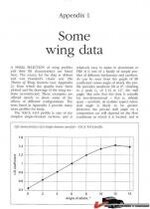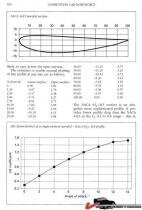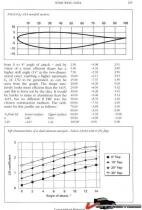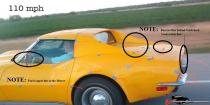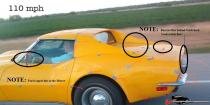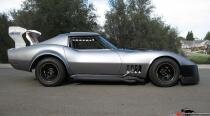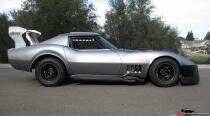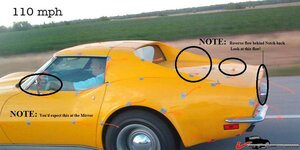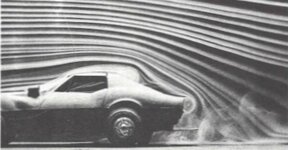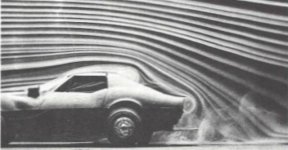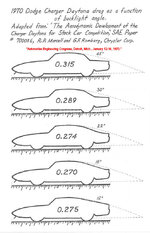SuperBuickGuy
Well-known member
Testing is always useful.
Gene has done some tuft testing as I recall, and another member was working testing on velocity change through a radiator.
Another approach; base a design on sound theory, set out a hypothesis, and then do some experimentation. Analyze results and repeat as necessary. (I'm sure someone can Google that series of steps and point out a few missed steps - BFD, you'll get the idea.)
If you are interested in some theory, I'll offer the following invaluable texts for low speed aerodynamics, theory and application - depending on the text:
Ing S.F. Hoerner - Fluid Dynamic Drag, and the companion book Fluid Dynamic Lift. Abbot and Doenhoff, Theory of Wing Sections; Geoffrey Howard, Automobile Aerodynamics; a translated Japanese text published by Car Styling, Automotive Aerodynamics, SAE Papers - Vehicle Aerodynamics (a collection of papers), New Directions in Race Car Aerodynamics: Designing for Speed by Joseph Katz, and Simon MacBeath, Competition Car Downforce: A Practical Handbook. These are all part of my growing Low Speed/Aero Library. I'm going to post a section from Simon MacBeath's Competition Car Downforce in the downloads - for those interested. It's a nice piece and useful for some of what you're looking for - if I read and understand your stated needs correctly.
Hopefully you'll find it interesting. It is a pdf and requires TT or BBShark to upload - so it will be a bit. Meanwhile, I offer a few jpgs of the appendix on WINGS (the correct name is WINGS, after all - spoilers are there to KILL lift! -- these WINGS just generate lift DOWN.):
Another approach you see more these days is the Cellular Wing -- witness the posted A-Mod Autocross/Hillclimb car (which is so cool I want to build one next.) I did MS work using Cellular Wing Theory it and a presentation at AIAA regionals - back in the very early 70s. It was also a key to our Uni study for a Man Powered Aircraft. No, we didn't build it - but would have been a player! McCreedy had the funds - we were poor students - and could only afford to build a HG instead - 50 bucks - and it flew.
Hope you enjoy.
Cheers - Jim
Class adjourned.
Resurrect this thread, a bit, I bought Competition Car Aerodynamics, A practical handbook by Simon McBeath (2nd edition)... I can only read one section at a time so it will be awhile before it's done because it has a lot of information - with that said - thank you for the recommendation, it starts with the basics (which had a couple things I knew intuitively, but wasn't 100% correct in my thinking), then quickly builds to stuff that takes some time to digest... in short, I'd recommend this book too

